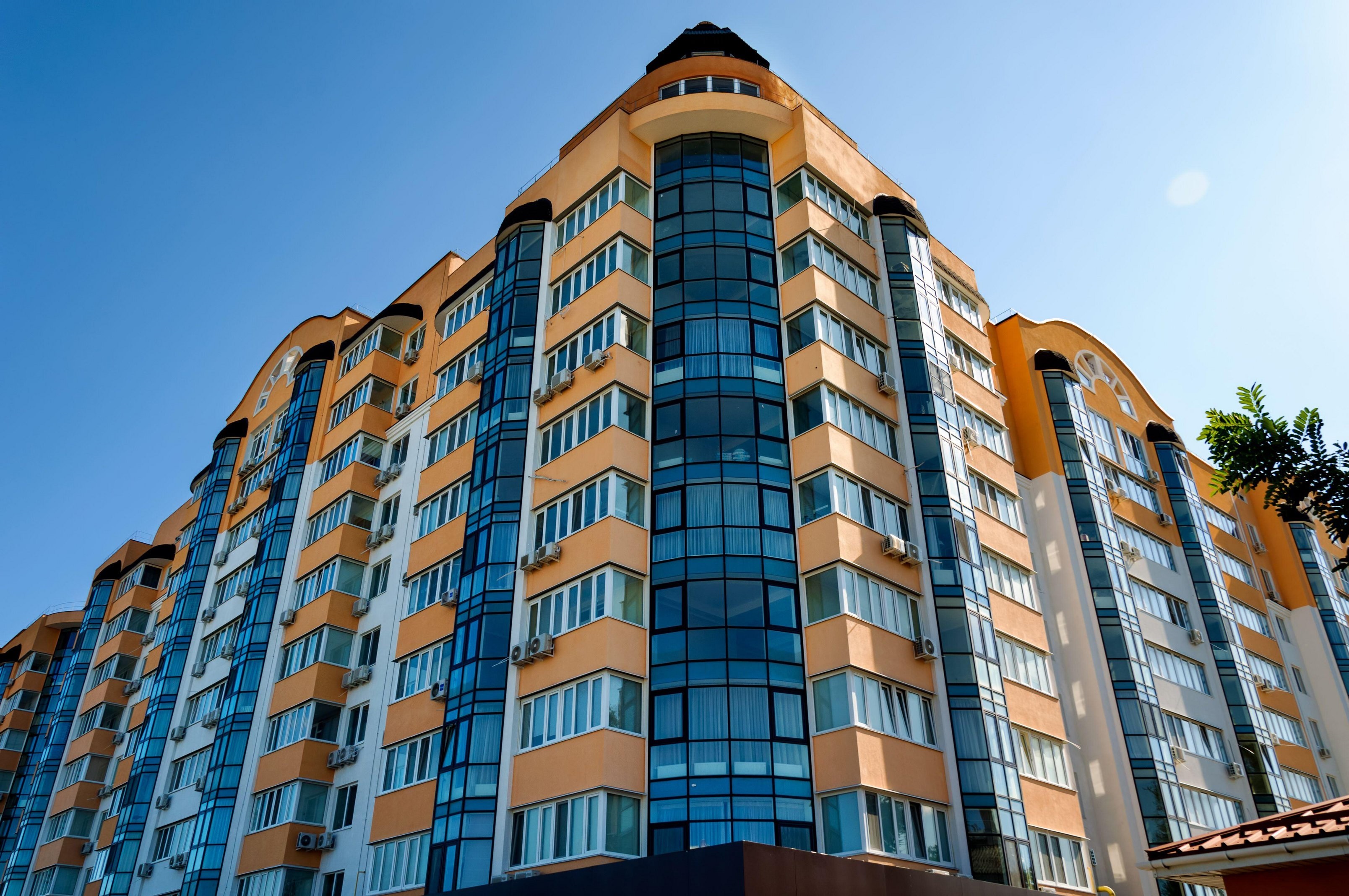Navigating the Complex Terrain of Compliance Guidelines for Network Protection in Multi-Dwelling Residences to Ensure Resident Security and Data Safeguarding
Wiki Article
In the current society, many individuals reside in multi-dwelling units, such as flat buildings and condominiums. These locations often utilize shared networks for internet and additional amenities. Although this arrangement can be beneficial, it also raises important concerns about system safety and regulatory standards. Guaranteeing the safety of tenants and safeguarding their data is crucial. This piece will examine the intricate environment of regulatory guidelines for network safety in multi-unit units, focusing on how these guidelines help keep residents secure and secure.
One of the primary compliance standards that pertain to network safety is the General Information Protection Regulation (GDPR). This regulation is designed to protect individual data and confidentiality for persons inside the EU Community. While it primarily applies to companies functioning in the EU, its tenets can affect procedures in different regions as well. For multi-unit units, adhering to GDPR means implementing robust information protection measures. This entails making sure that tenants' individual data is collected, kept, and handled safely. By adhering to these standards, building administrators can help establish trust with tenants and guarantee their data is protected from unauthorized intrusion.

Another significant guideline is the Health Coverage Flexibility and Responsibility Act (HIPAA), which safeguards confidential patient information in the medical sector. In multi-dwelling buildings, especially those that offer healthcare assistance or have tenants with specific health requirements, adherence with HIPAA is essential. This means that any medical information collected from tenants must be kept private and secure. Property administrators must make sure that their network systems are designed to avoid information breaches and unauthorized access. By taking these steps, they not only comply with regulatory requirements but also promote a secure residential space for all residents.
In addition to GDPR and HIPAA, the Credit Card Payment Industry Data Protection Standard (PCI DSS) is a further critical compliance guideline. This guideline is particularly relevant for multi-unit buildings that process debit card transactions for rent or amenities. PCI DSS specifies protection measures that must be in place to protect customer information. This entails encrypting sensitive data and regularly monitoring system security. By following PCI DSS standards, building administrators can reduce the risk of data breaches and safeguard residents' monetary data, which is crucial for upholding their trust and security.
Ultimately, it is crucial for multi-unit buildings to stay updated on local and federal regulations regarding system security. Laws and standards can change, and remaining aware is essential for adherence. Building managers should regularly review their security protocols and procedures to make sure they comply with up-to-date standards. This proactive approach not only helps in maintaining compliance but also enhances the overall safety of the network. By prioritizing tenant safety and data safeguarding, multi-unit buildings can establish a safe residential space that encourages confidence and reassurance among residents.
To summarize, traversing the complex landscape of regulatory guidelines for network safety in multi-unit buildings is crucial for guaranteeing tenant security and information safeguarding. By comprehending and applying guidelines like GDPR, HIPAA, and PCI DSS, building administrators can moved here establish a safe space for their tenants. Remaining updated about regional laws and frequently assessing security practices further enhances this commitment to safety. Ultimately, a strong focus on compliance not only protects residents but also fosters a feeling of belonging and confidence among multi-unit buildings.